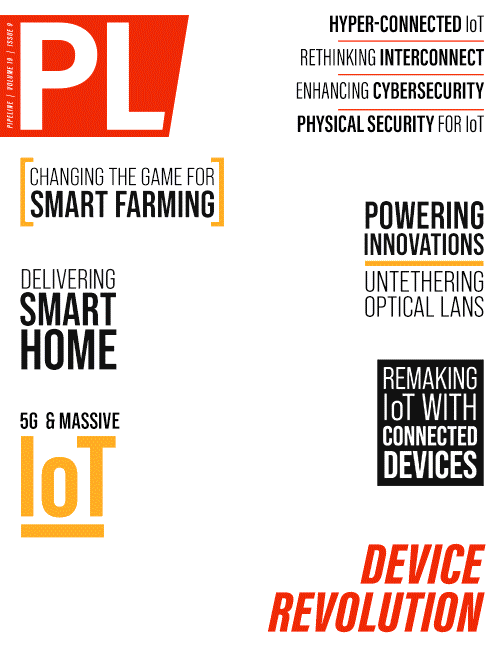This system can be installed using conventional surface-mounted cable (no conduit, MC, or armored cable) and it does not require a certified electrician.
power (e.g., 15W, 30W, 60W, 90W) to sub-tended PDs more efficiently. By reducing the distance that PoE travels, with shorter CATx patch cords between ONTs and PDs, PoE over Optical LAN improves
power delivery by 13%.
Class 2 Power Systems – Class 2 powering systems are low voltage systems that provide remote Direct Current (DC) electricity to connected PDs. Class 2 systems are designed to
meet strict safety standards defined by the National Electric Code (NEC), which specifies the maximum power output and voltage levels for Class 2 circuits.
These Class 2 systems start with an Alternating Current (AC) to DC rectifier from a centralized source. From there it goes to a
current-limiting DC-DC converter that transforms 48Vdc into an NEC Class 2-compatible source to ensure safety and fire prevention. The current limiting panels include circuitry to limit the total
power per circuit to 100VA and -57Vdc. This system can be installed using conventional surface-mounted cable (no conduit, MC, or armored cable) and it does not require a certified electrician.
Copper wires then carry power directly to the end devices, like the Optical LAN end device called an Optical Network Terminal (ONT). The existing copper wires can be repurposed as CATx cabling,
or new hybrid fiber cabling that includes two copper wire conductors can be used.
Figure 2: A Passive Optical LAN connecting Ethernet endpoints 12 miles away
Remote powering systems can be either distributed or centralized in design. Distributed remote power is typically in an IDF or zone distribution box and can be energized from a DC power plant
from the main data room. Centralized remote power is consolidated in the main data room where the localized power distribution units feed the PDs. Their DC voltage range is from 48vdc to 54vdc.
Depending on the gauge of copper wires used and the amount of wattage needed, these systems can extend the reach of Optical LAN ONTs from 300 to 2000 feet [Figure 3 on next page].
Class 4 Power Systems – Class 4, also known as Fault-Managed Power (FMP), is the newest powering technology defined by standards set forth by NEC. It can safely deliver higher
voltages better than other class-rated circuits since they have added safeguards for monitoring and fault management. Furthermore, Class 4 has greater reach as it can safely and reliably power
devices such as sensors, cameras, wireless access points, Optical LAN ONTs, and other IoT devices over longer distances. What makes Class 4 FMP innovative is its safe-to-touch and intelligent
pulse power that transmits energy in short beats. This is accomplished by using a specialized power supply that delivers energy in short bursts, which are typically less than one millisecond in
duration. These pulses of energy work in concert with voltage limitations (450 Volts DC line-to-line or 225 Volts DC line-to-ground) and power shut-off (within 5 seconds of a fault occurring)
based on the detection of fault conditions, like contact with human skin. Class 4 FMP powering is an important technology for modern connectivity, as it provides a safe and reliable way to power
energy-hungry devices over greater distances. Additionally, these systems can help to minimize the copper




















